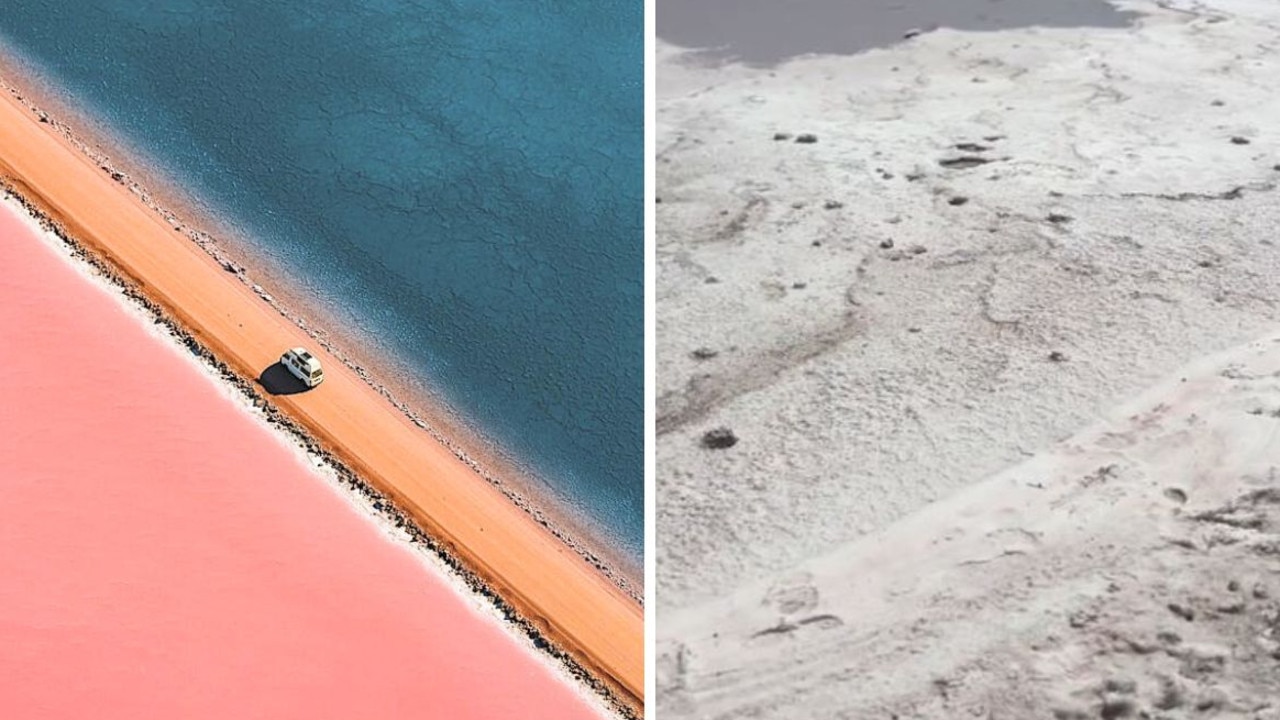Spectacular city in Japan that is like a Disney movie comes with a warning
This Japanese city attracts of hordes of tourists wanting to see its spectacular free-roaming deer – but the experience comes with a warning.

Tourists from across the world travel to Japan’s Nara to see the unique sight of hundreds of free-roaming deer – but it is not always as calm and fairytale-like as Instagram snaps may have you believe.
The historical spot, which was once the capital of ancient Japan, is less than an hour on the train from Osaka (Jetstar flies direct there from Cairns, Brisbane and Sydney).
It is startling to exit Kintetsu Nara Station and see a buck casually crossing a busy road.
A short walk up the street and there was the first indication a stroll through Nara Park and its surrounds might not be so chill. A sign warning tourists to “beware” of the wild animals is a good reminder you are not in a Disney film.
The male deer can be feisty in autumn as it is mating season. Want to guess when I visited? That’s right, autumn.
Four animated drawings showed an elderly woman and child being attacked in different ways; wrestling over a bag, a strong butt to backside, and even straight to the face.
But if you ask me, it is the other tourists you really have to watch out for.
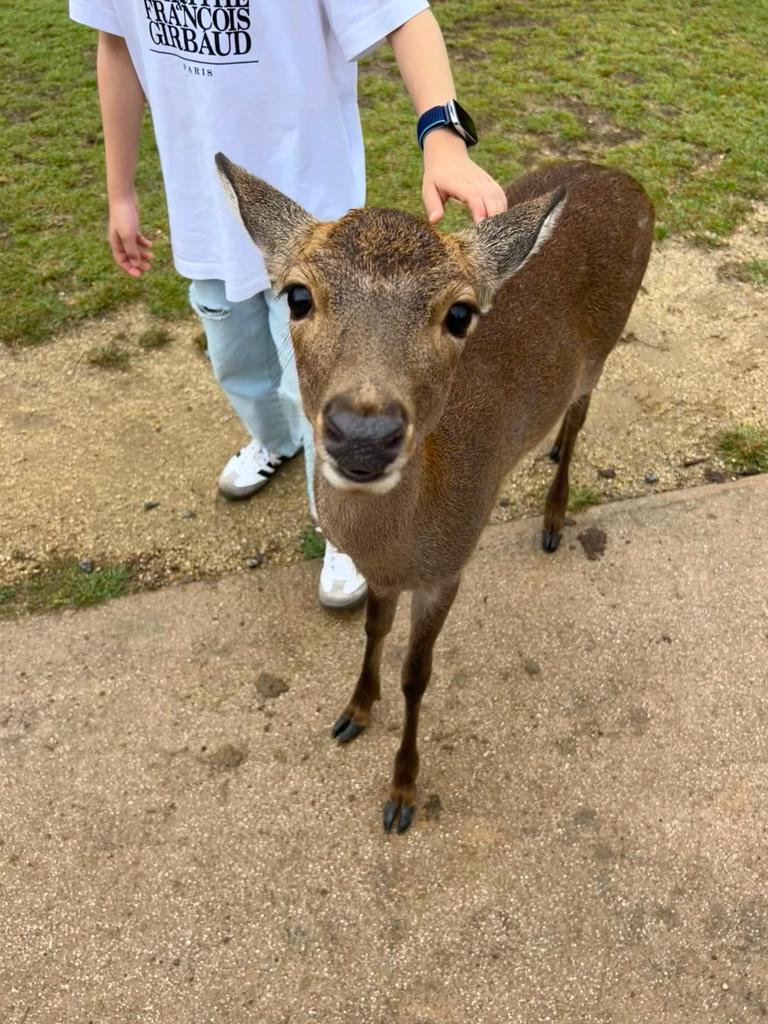
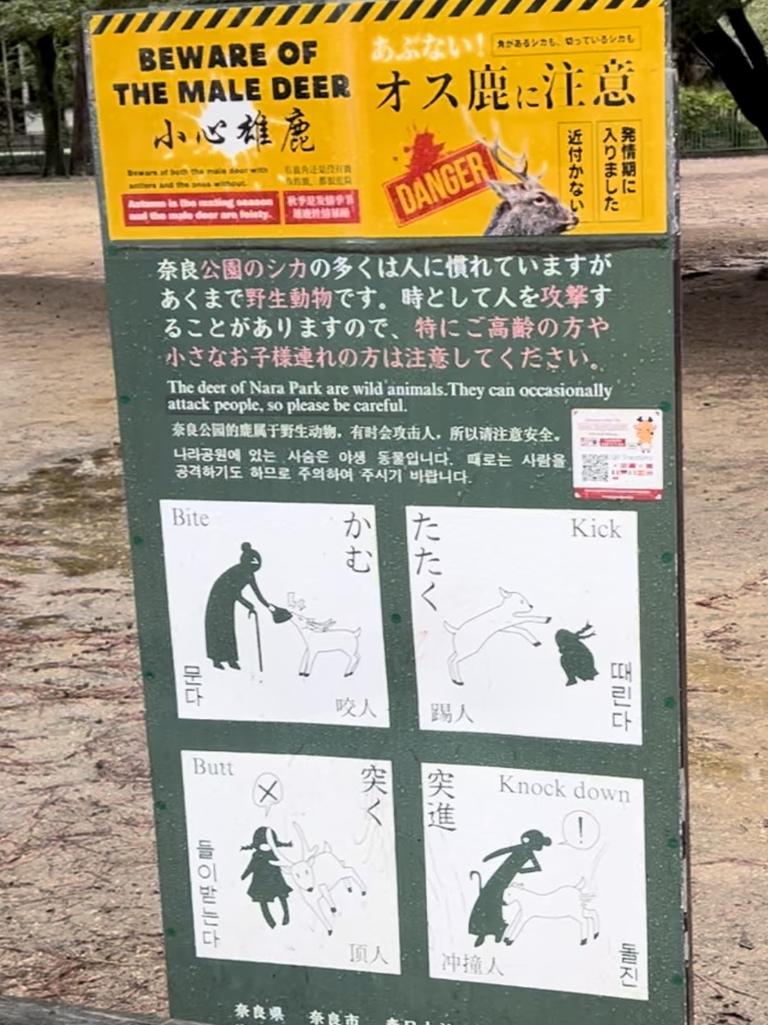
The deer are wild, but they are also used to people and quite clever. They know how to bow for food and generally know when you hold up flat empty palms that they should move along.
Yet, a glance around the park and you will spot tourists who have purchased special deer crackers (“shika senbei”) immediately regretting their decision as they overwhelmed by impatient animals.
It is the humans who run away (towards you), screaming and shaking the crackers about that you want to avoid or you might find yourself in a deer scuffle. I saw bucking and biting of clothes!
Some male deer have their antlers cut in autumn as part of a ritual dating back to the Edo period. This is because when in heat they can become aggressive and harm each other, people or property.
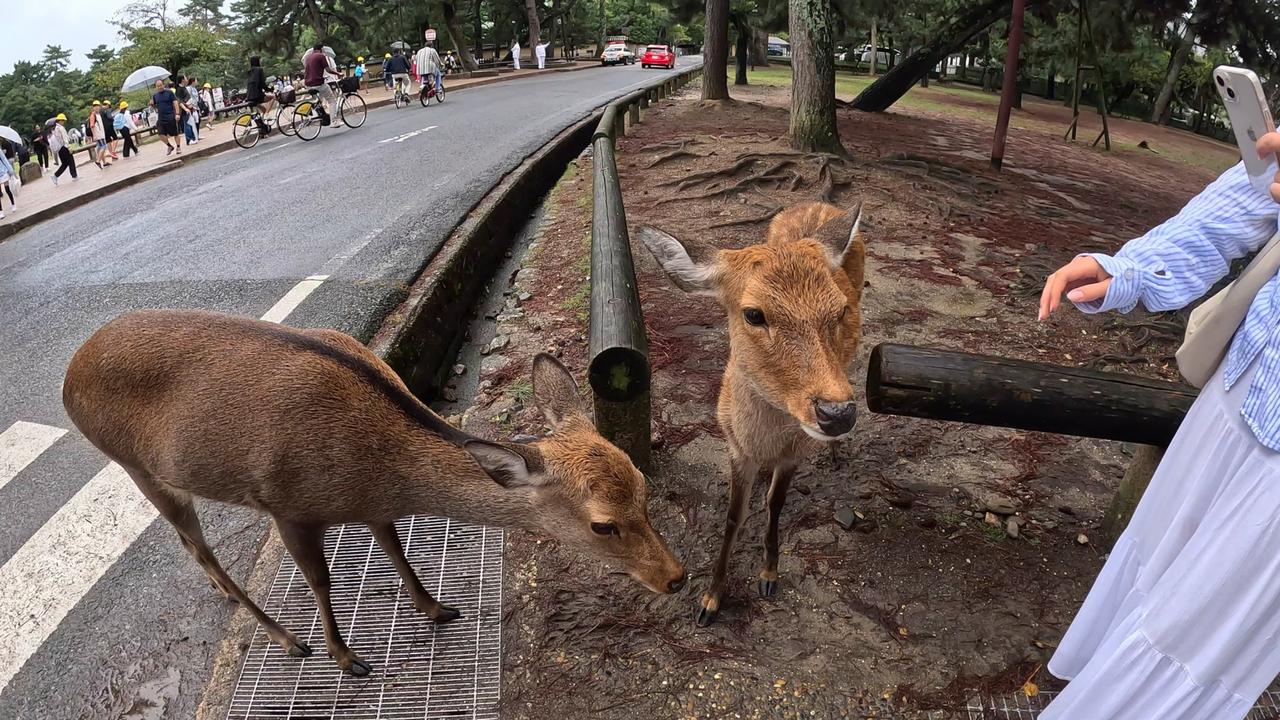
To avoid the crowds and find some of the more relaxed deer, it pays to venture further into the park. Many visitors appear to gather around the first sign of the animals in Noborioji Park.
While my emotions seesawed between wariness and delight, a quick half-day trip to Nara Park was one of my favourite experiences in Japan.
All in all, for wild animals, the deer are incredibly friendly.
There are about 1300 deer living around Nara Park and they are protected as natural monuments.
The legend goes that the first of the four gods of Nara’s Kasugataisha Shrine travelled on a white deer all the way from Ibaraki, a prefecture northeast of Tokyo, to Mt. Mikasa in Nara back in 768.
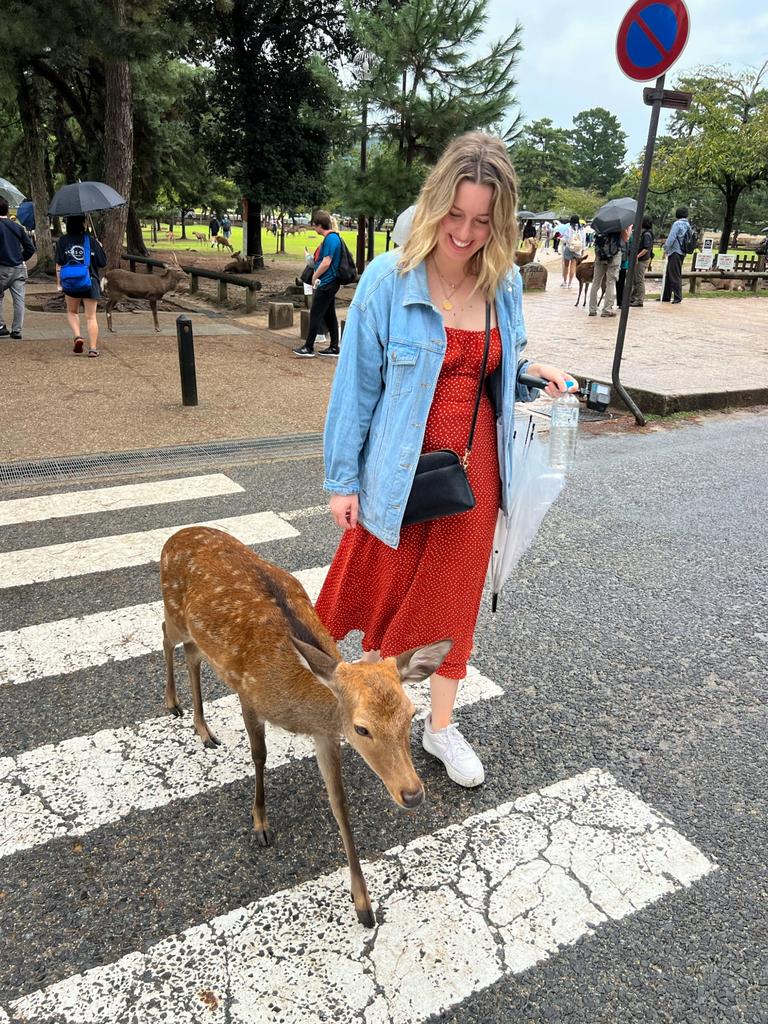
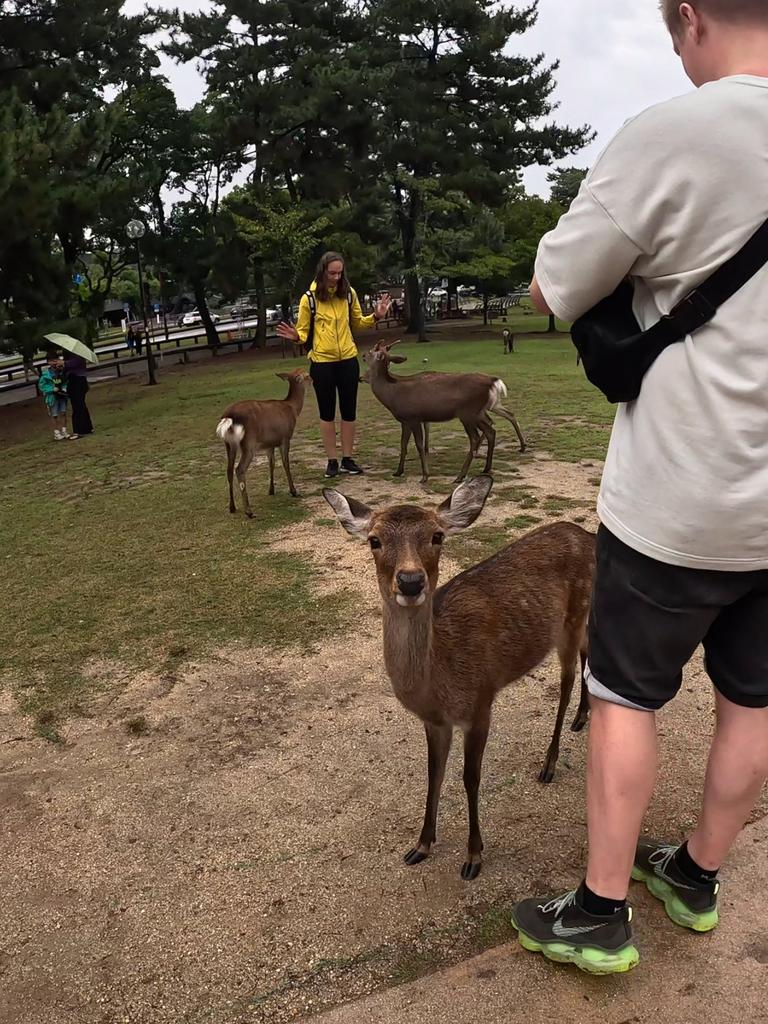
For visitors with more time to spare in Nara, the Japan National Tourism Organization says aside from interacting with deer, the Great Buddha Hall at Todaiji is a popular attraction.
It houses the largest bronze statue of Buddha in the world, weighing about 270kg.
Also, the second tallest wooden pagoda in Japan is at Kofukuji Temple, near Kintetsu Nara Station.
The temple was built for the aristocratic and powerful Fujiwara family in 669.
The pagoda, five storeys and 50.1 metres tall, dates from around 1426.
The original was built around 730 and rebuilt five times after being destroyed by fire.
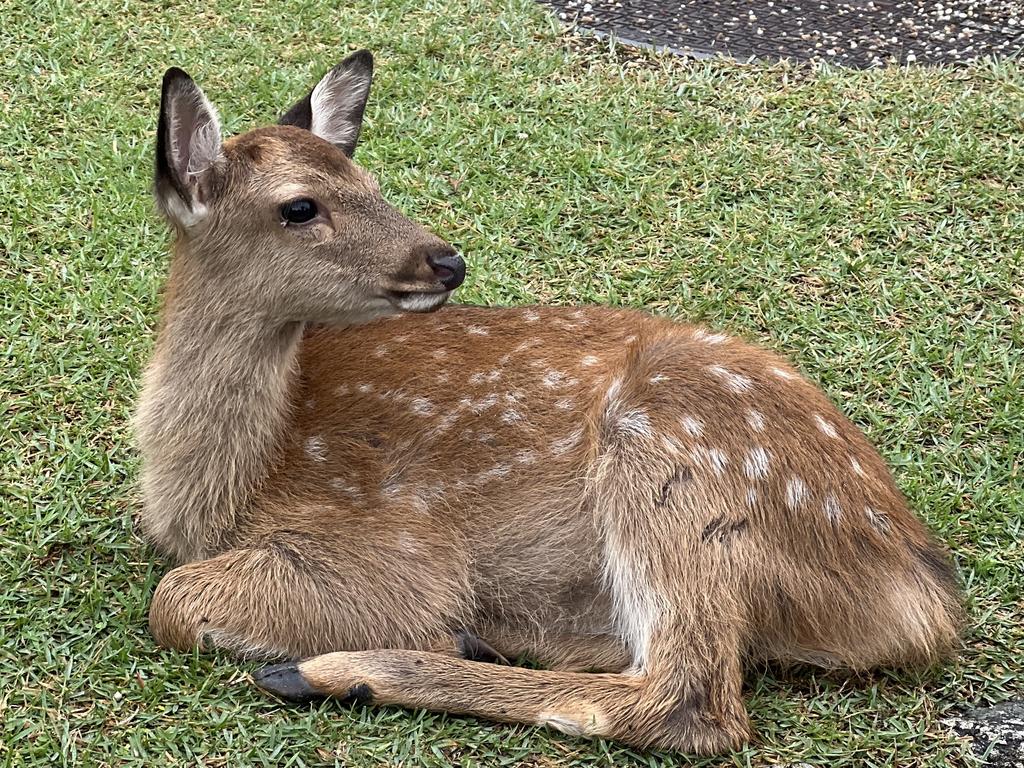
When incredible historical hotspots like Nara and Kyoto are less than an hour away from Osaka, a major city Australians can fly direct to, it is easy to see why the Asian nation is soaring in popularity.
Between January and September, visitors from Australia totalled a record 637,300, an increase of 42 per cent over the same period for the previous record in 2019.
One factor influencing an influx of Australian travellers is the dollar being strong against the Japanese yen (read about the astounding cost of food and alcohol here).
Australian budget airline Jetstar operates up to 25 flights a week to the country, flying direct to Osaka from Cairns, Brisbane and Sydney, and Tokyo from Cairns and Brisbane.
Earlier this month it said the number of people who have travelled or have booked travel to Japan with the airline this year had almost doubled compared to last year.
Jetstar CEO Stephanie Tully recently told news.com.au the airline was expecting a “really busy” period of Aussies flying to Japan between December and March for the ski season.
She is keen to expand the destinations Jetstar can fly direct to.
“I’d love to be able to fly directly into Sapporo rather than go via Narita [Tokyo],” she said.
This writer travelled to Japan as a guest of Jetstar






